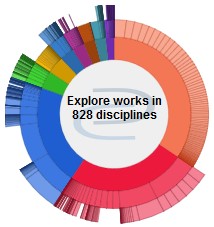Abstract
In this 2012 interview, David and Frances Namkoong describe their journey from Cincinnati to Cleveland in the early 1960s. Encountering anti-Asian discrimination, they soon moved to the Ludlow community where they became actively involved in the integration movement. As the Civil Rights movement was beginning to stir in the US, the Namkoongs agree, that for Ludlow, the movement was quick and was "thrust" upon them. As the Fair Housing Act approached, the couple began to shift focus to their Asian-American heritage and used writings and radio to spread the importance of Asian-Americans to the history of the United States.
Loading...
Interviewee
Namkoong, David and Francis (Interviewees)
Interviewer
Halligan-Taylor, Gabriela (Interviewer)
Project
Shaker Heights Centennial
Date
6-13-2012
Document Type
Oral History
Duration
62 minutes
Recommended Citation
"David and Francis Namkoong, 13 June 2012" (2012). Cleveland Regional Oral History Collection. Interview 915011.
https://engagedscholarship.csuohio.edu/crohc000/502
Creative Commons License

This work is licensed under a Creative Commons Attribution-Noncommercial-Share Alike 3.0 License.

